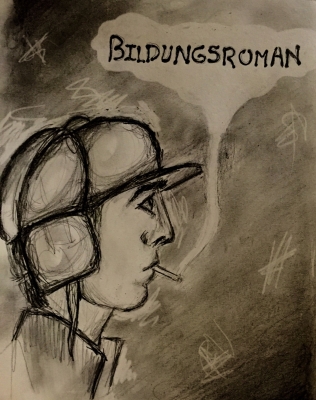Have you read a bildungsroman?

From “Harry Potter” to “Jane Eyre”, you may have read a variety of coming of age novels fall under the bildungsroman (pronounced bil-duhngz-row-muhn) genre?
The bildungsroman explores the complex and sometimes painful transition from childhood to adulthood – a subject that has continued to fascinate authors and filmmakers for centuries together.
The bildungsroman is a literary genre, which originated in Germany. The term is a combination of bildung, meaning education and roman, the novel. Stories in this genre are focussed on the coming-of-age of the protagonist. It follows the main the protagonist. It follows the main character right from childhood all the way to adulthood. It depicts the manner in which the character grows psychologically and morally.
Examples
Charles Dickens’ “David Copperfield” is one of the classic examples of the bildungsroman. The novel narrates the journey of a young man saddled with misfortunes and his rise to fame as an accomplished author.
Harper Lee’s “To Kill A Mockingbird” is another example as it traces Scout’s awakening to racism.
Origins
The genre gained popularity in the 19th Century with the publication of Goethe's "Wilhelm Meisters Apprenticeship." The bildungsroman usually ends on a positive note, or with a twinge of nostalgia and resignation. In contrast, most of the 20th Century bildungsromane conclude with the death of the character.
There are three sub-genres of the bildungsroman - the Kunstlerroman. which is a novel dealing with the formative years of an artist ("A Portrait of the Artist as a Young Man"); the Erziehungsroman, a novel of education (the "Harry Potter" series) and the Entwicklungsroman, a novel of development ("Watership Down")
Picture Credit : Google